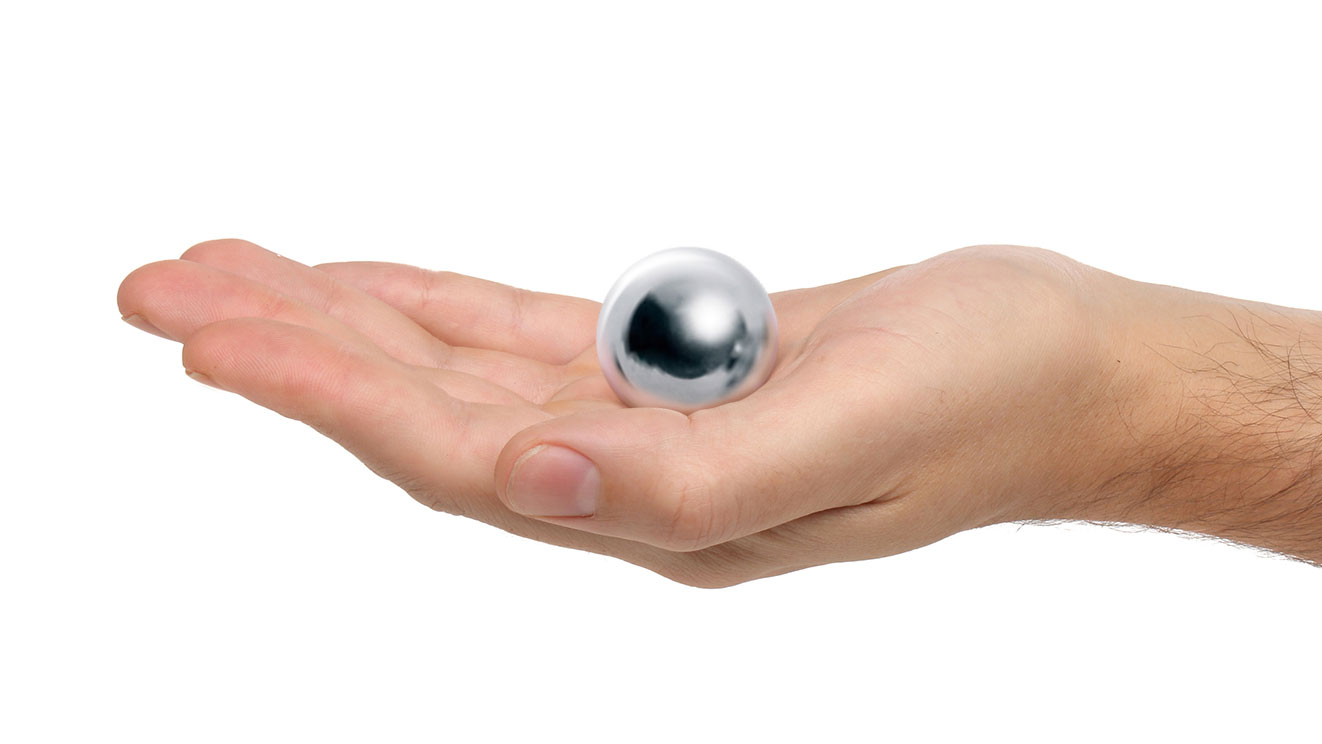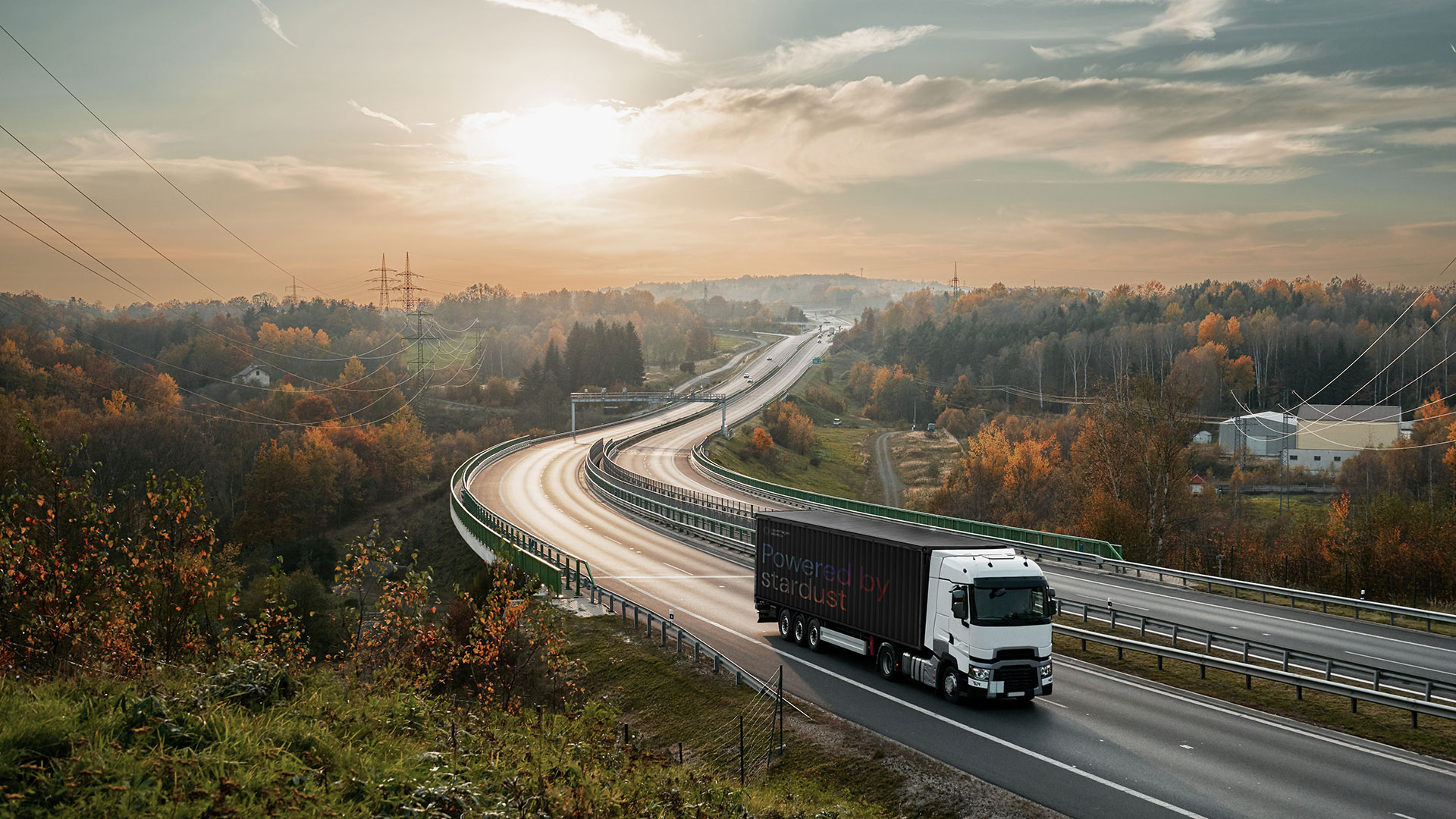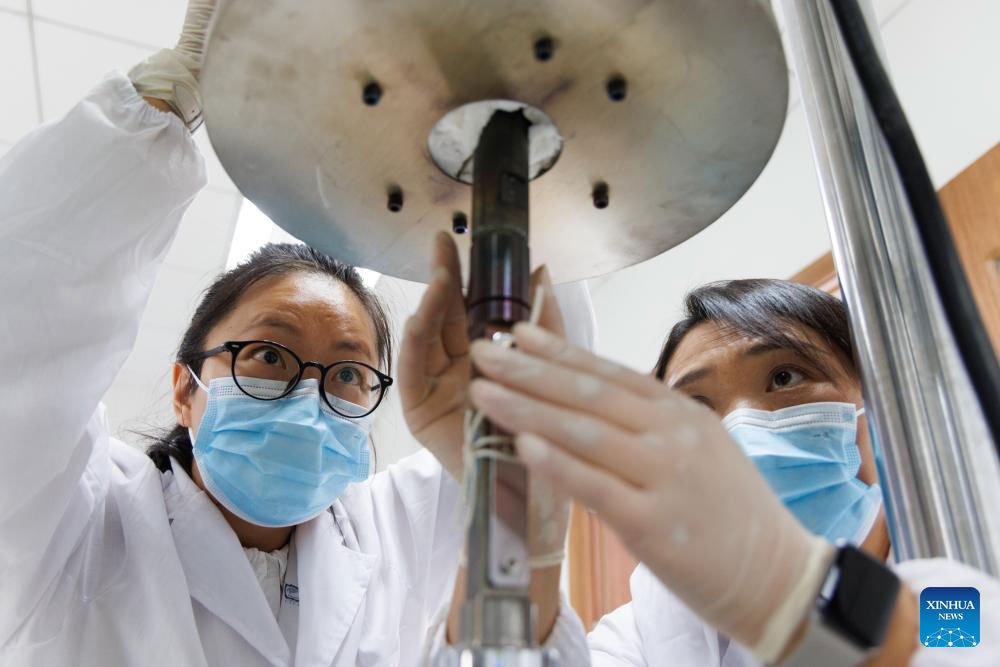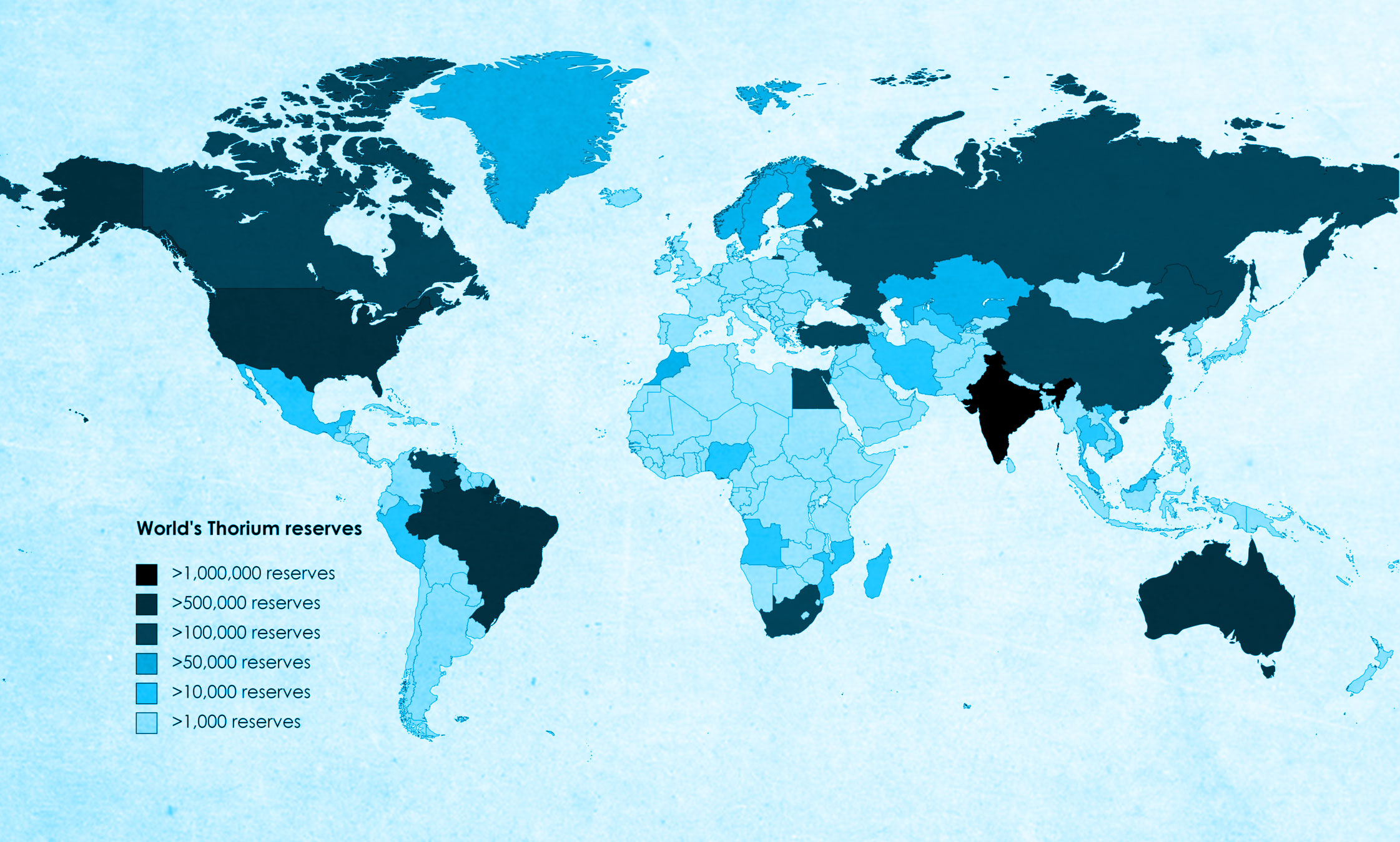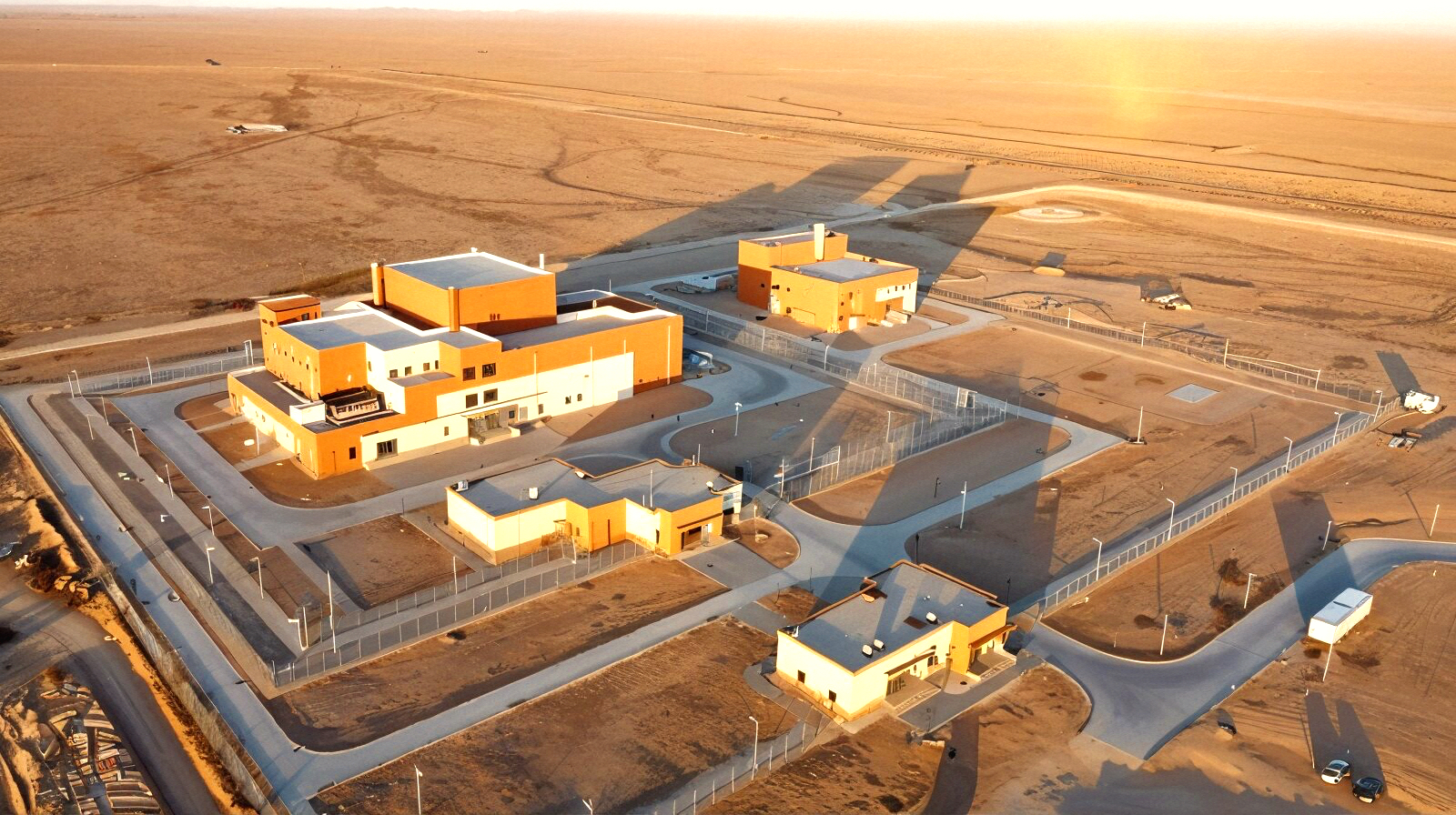Imagine producing vast amounts of electricity for decades with a fuel that’s cheap, plentiful, and generates almost no carbon or long-lived nuclear waste.
Molten salt reactors (MSRs) and their thorium-fuelled variant, the Liquid Fluoride Thorium Reactor (LFTR), offer exactly that. These reactors produce no flammable materials, shut down passively in emergencies, require no water for cooling, can consume existing nuclear waste, and create only about 1% of the waste generated by today’s reactors. The technology isn’t theoretical — MSRs operated successfully for 22,000 hours in the 1960s.
Despite this promise, development in the West stalled, partly because these reactors weren’t useful for producing weapons material. Today, China is pushing ahead while the U.S. hesitates, slowed by public misconception and policymakers unaware that nuclear power is vastly safer than fossil fuels. Coal and oil have taken millions of lives; civilian nuclear power in the West has not taken any.
Concerns often circle back to Three Mile Island, Chernobyl, and Fukushima, but each incident reflects poor decisions or flawed designs rather than inherent dangers of nuclear power. Three Mile Island harmed no one. Chernobyl lacked a containment structure and suffered from reckless operation. Fukushima resulted from preventable siting and design failures — not from the physics of nuclear energy itself.
Modern reactors, especially MSRs, avoid these vulnerabilities entirely. They operate at low pressure, rely on passive safety, and cannot melt down in the conventional sense. Thorium-fuelled MSRs could provide reliable, carbon-free baseload energy for generations.
Wind and solar remain valuable, but they cannot meet global baseload demand alone. Advanced nuclear must fill the gap. Building a new fleet of MSRs will require time and investment, but the alternative — continued fossil-fuel dependence — pushes future generations toward an increasingly dangerous climate.
Developing thorium-powered MSRs is not just an option. It’s a responsibility.



